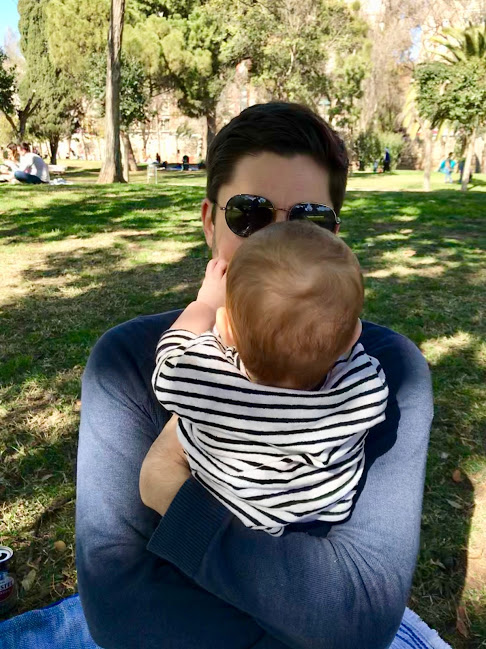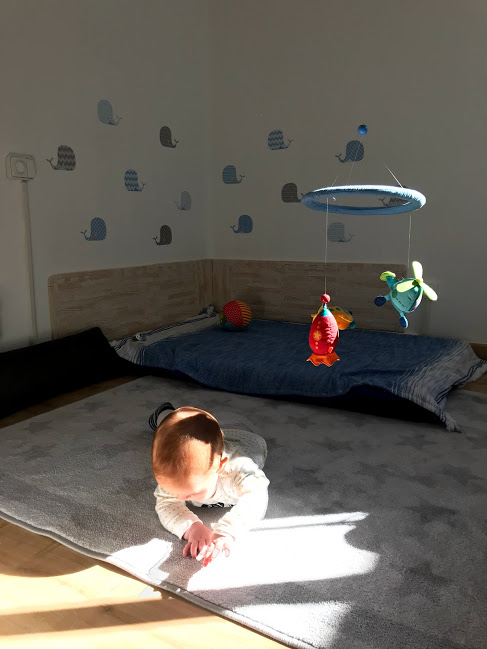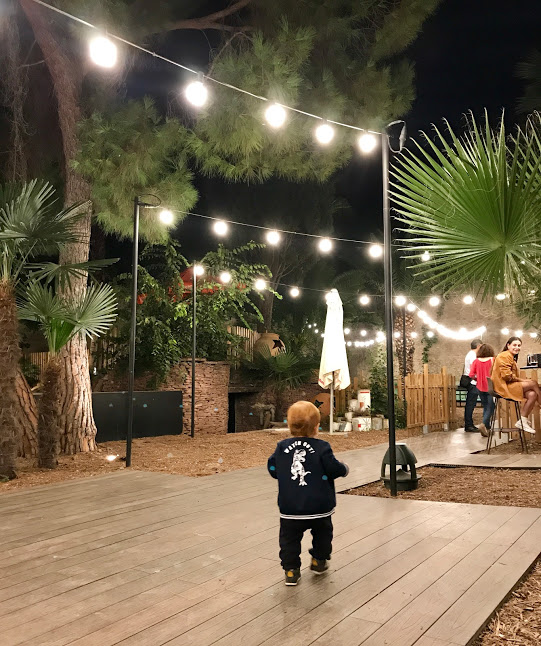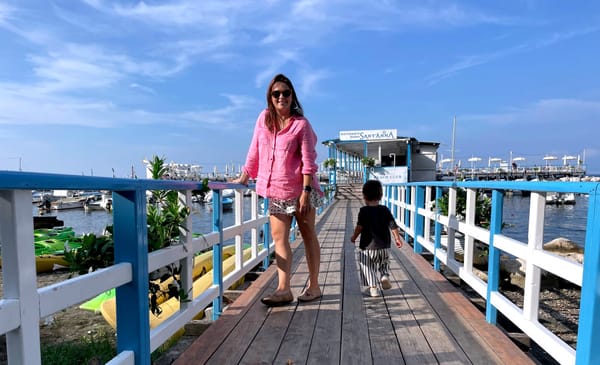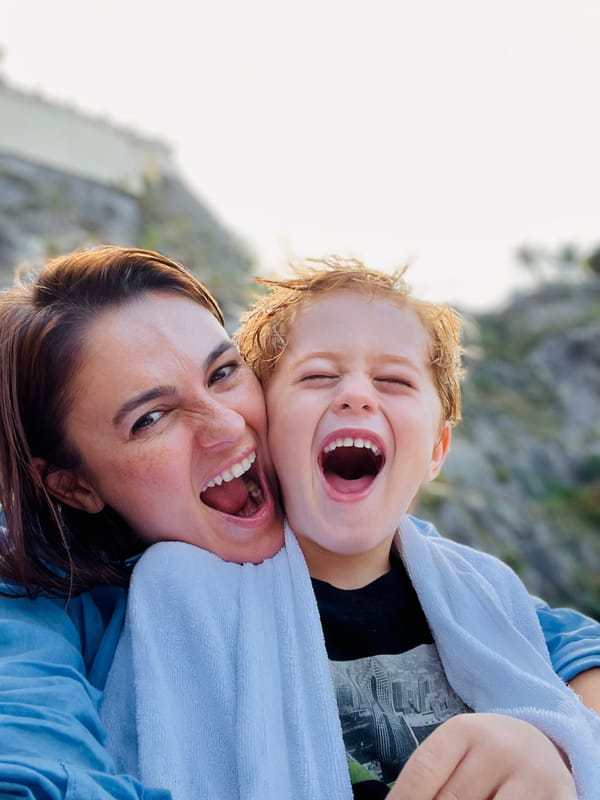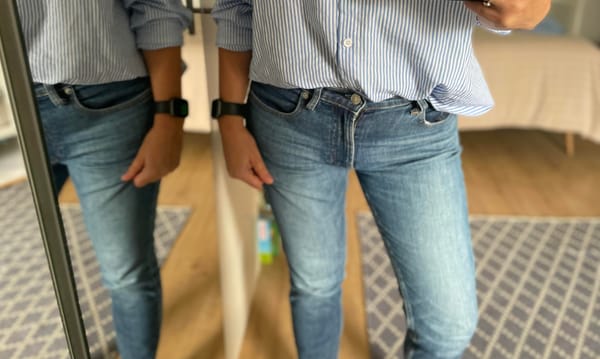Baby transitions: Practical things that worked with my baby
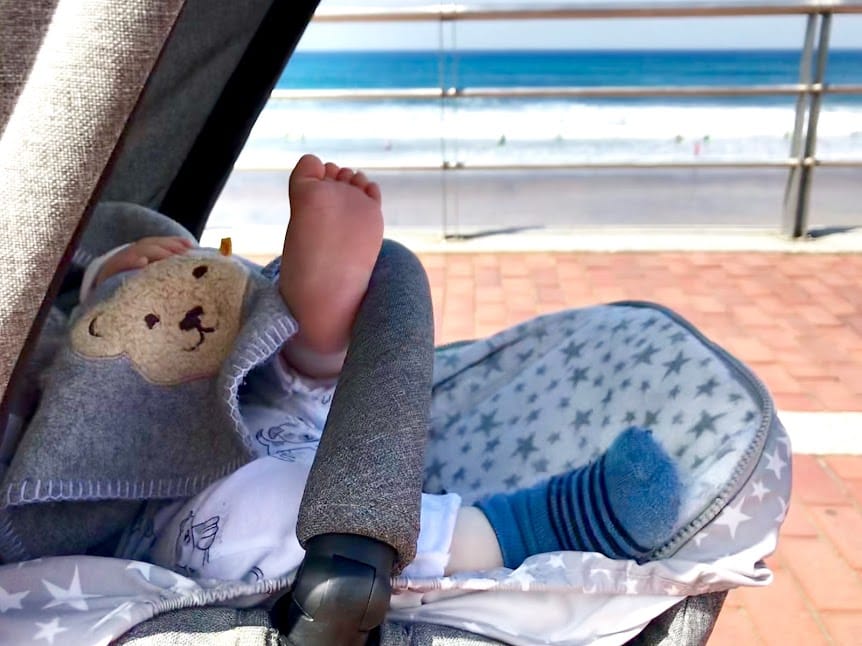
Ideas first written in January 2020
I’ve read in many books and blogs about how children are having a hard time with transitions. In case you are unfamiliar with the concept, baby transitions are those moments of changing the scenario: When it’s time to have breakfast, or to leave the house, or to get dressed and so on. For us adults, it can be of (almost) 0 stress to put the shoes on and go outside or say goodbye to a friend and get in the bus and move on. Now that I’m writing these thoughts, I realise that even for us sometimes it is difficult to accept these changes (of environment, of people, of energy). However, for babies these moments can be very hard to manage.
My son reacts quite well to transitions, to new persons and I may say he is adapting fast to a new environment. I know there are many reasons why this is happening, some I’ve read about them and some I did them naturally, instinctively and I’ve noticed that they really work.
Hola and Adios
From the very early one, I taught my son the words for Hello and Goodbye in Spanish, the country we live in. Despite the fact Spanish is not our main language in the house, I chose to get him used to these two words so he would understand better the world around him.
OK, let me explain the context because the story behind this is a bit longer. To make it shorter, we speak 4 languages in the house: I talk to Noah in Romanian, my husband in German, and we live in Spain. But my husband and I communicate in English. However, I knew that for a child, no matter the age, even from the first days of life, it is important to feel that the world is a good, welcoming place to be in. The world is great, full of wonderful creatures and things, and people are nice and positive. So in order for Noah to feel such a good vibe around life I wanted to make him understand the meaning of “Hola” and “Adios” (reminder: we live in Spain).
So despite me talking only Romanian to him, I did teach him the meanings of these salutes in Spanish (and not the Romanian ones). This is because on the street, in the restaurants, in the bus, everywhere, many people were constantly smiling at him saying “Hola” (I totally understand them, he’s so cute!). In time, these exact words helped him create some extra-content around their meaning, such as: “Oh, there is somebody new around” or “Oh, I’m in a new place” and with “Adios: “That person will disappear/go away”, “I expect that I will be somewhere else soon”.
Maybe it sounds too simple, but I’ve noticed it so many times! Take this morning, for example: I was leaving for work, and my husband had to drop him to kindergarten. While I was calling the elevator, I saw that he was a bit worried. And then I told him “Adios, I’m going now to work. In the afternoon, I will pick you up from Kita”. And he listened to me with full attention and after that, he smiled and waved goodbye. And that was all: no crisis, no tantrum, no crying.
Another example: Sunday evening, after having a long lunch with many friends in our house, when it was time to leave, Noah looked worried and somehow his face was asking “ahhh, what’s happening here? Why they don’t play with me anymore?” I told him that they were leaving and all of my friends started to say “Adios” or “Hasta luego” (in Spanish). Of course, he started to wave and he continued to wave until the last friend left. Again, no crying, no fussiness.
Switch on, Switch off
Switching on and off the light is another tool that I use in order to tell my son “Now we start this/ now this is over, so we’ll move on”. I understand if not everybody considers this a flexible or child-friendly action. I don’t see any harm in doing that since he is always in my arms – obviously, he is not reaching the switch yet. This is the tool I use for starting and ending the bath-time. When we enter the bathroom I take his hand and together we turn the light on, and when the bath it’s done, I do same, turning it off saying something like “We are turning the light off, so Goodbye bathroom.”
And I’ve noticed its power especially whenever it happened that I was in a hurry and skipped the action. Recently, after the bath, I took one step out of the bathroom with him in my arms and he was fussy, somewhat complaining. And I stopped and I realised that I’ve missed the “closure”. So, I turned back and I explained to him “Sorry, I’ve turned off the light without you. I hope it’s OK. Now let’s go to put on the nappy, pyjamas and sleep”.
Now…
Such a simple word, yet so powerful when it comes accompanied by a tender yet clear message. “Now … we are going to pack our bags! Now, we get off the bus” … For me “now” has become like the exclamation sign to let me son know that something important is about to happen. It’s not about only saying it while you zip your bag, or check for the keys – no! You stop, you look into your baby’s eyes and calmly tell him/her that “Now, …..”
This makes me wonder if looking-into-your-baby-eyes itself is not already a good-enough tool to manage transitions?
I hope these few ideas can inspire you or another caregiver to accompany your child through smooth transitions. However, no matter how many tools you may read and try out, as long as you are not present with your child, in the moment, acknowledging sincerely her struggle, and trying to be calm … nothing will work. And with this, I want to underline that parenting starts and ends with this being in the moment with your child, attuning to the moment. Being is such a big word, but I totally believe in the power of now (as Eckhart Tolle writes about it).
If you want to read more about transitions, here is an article of my parenting guru Janet Lansbury about Getting dressed in the morning.
Thank you for reading! Please let me know if you are having a hard time with baby transitions and if any of this worked with you. Do you have any tips for helping your baby to successfully change thescenarios?
